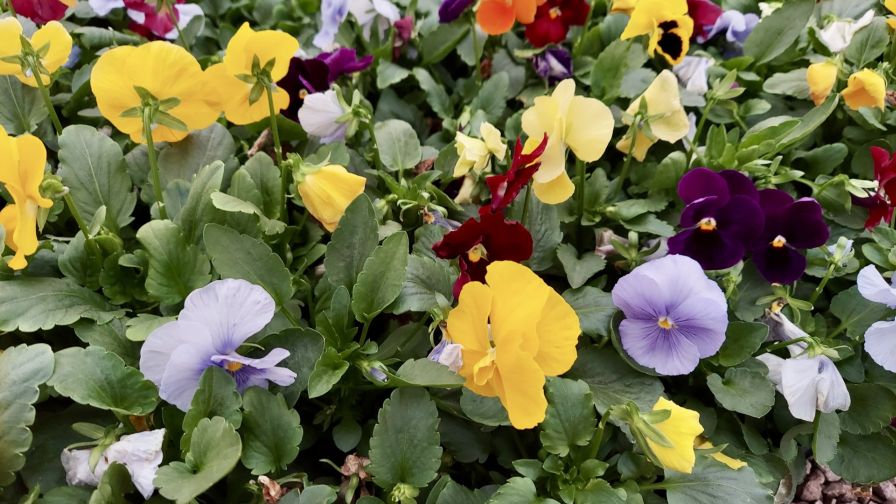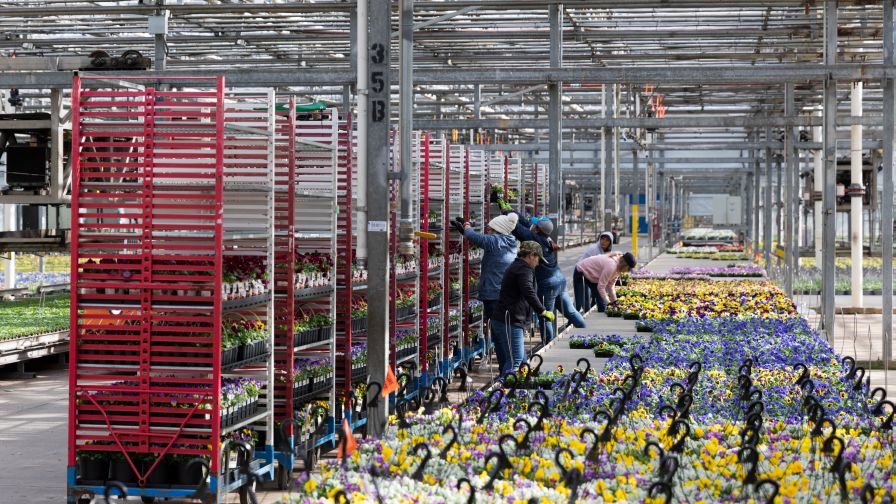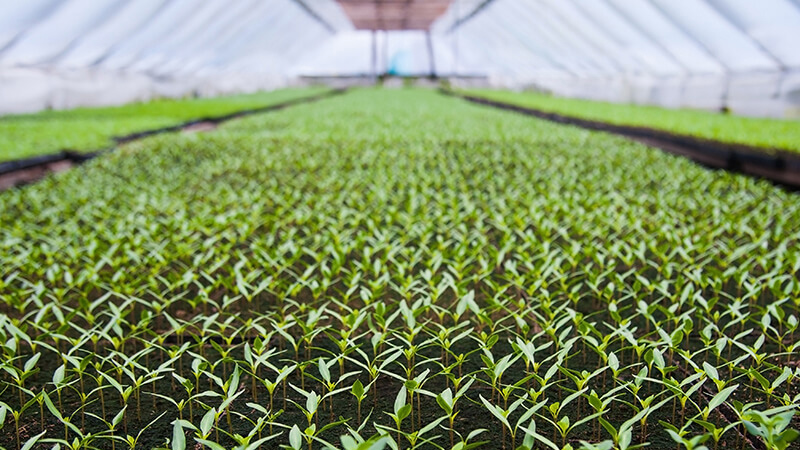Beyond Mums: Plants You Can Still Sell In Fall

A few years ago, PanAmerican Seed’s Tom Contrisciano (a product representative for the Northeast and Mid-Atlantic) wanted to explore which plants not only perform well in fall, but would be as easy to grow as mums.
Performance is only one side of the coin. If retailers want to carry these plants outside their traditional season, the plants would have to be in production and available for orders.
What followed was a multi-year testing of popular spring and summer season plants for their performance in fall and how well they responded to the low-care growing conditions. The lineup of plants is called Mums Pal.
Contrisciano talked to us about the process and the results.
Which plants are included in your Mums Pal program?
Tom Contrisciano: Gaillardia, ornamental pepper, zinnias and several others.
What spurred your research?
Contrisciano: I was getting feed back from commercial and retail people that there’s a demand for non-traditional fall-oriented plants.
There’s an overall trend in the country to decorate in the fall. Homeowners finish their summer travel and get back into the routines and want to nest and decorate their homes. And they’re looking for not only traditional plants, they want different options.
How did you go about figuring out which plants you wanted to include in your non-traditional fall plants line up?
Contrisciano: We began looking at the different varieties on offer, and we wanted to find a way to grow these plants that’s similar to fall mums – drip irrigation in the fields, not a lot of babying going on. We were looking for plants that would not need much more than drip irrigation (no pinching), that would finish at the same time, with consistent height and strong consumer appeal but different enough from the usual array of fall plants.
We did Elburn, Ill., trials in the middle of summer. We mimicked mum production with a lot of different plants. That was the process of figuring out what worked and what didn’t.
So all these plants are field grown?
Contrisciano: Actually, we began looking at those same plants in a greenhouse as well as outdoors. Light quality in the greenhouse is different. And there are some things that happen outdoors that change how they grow. For example, wind is a good growth regulator. How the plant adapts to light and no wind can be different.
We wanted to come up with a simple, easy-to-replicate and easy-to-implement list of plants that don’t need a lot of supplemental care. The greenhouse-grown plants research began about four years ago. Each year the program has expanded.
We had initial success with these plants, but some things throw you a curve. You think it will be fine, but with the day length, the height, there are a few curves. So far we have done this with only PanAmerican and Kieft plants. There are other brands in the works.
We want to take the guesswork out for the grower, both in production and the sale. I think the production techniques can be adapted to any part of the country. The greenhouse grower would have to adapt the timing a little.
What is the production schedule like?
Contrisciano: The assortment is first-year-blooming perennials and ornamental peppers, which are planted first because they require a longer crop time. Two or three weeks later, we add plenty of other annuals, two to three weeks apart. Most greenhouse growers can deal with this kind of schedule.
How has the program been working?
Contrisciano: We found a couple other interesting things about the program when we were gathering feedback from customers. We thought the plants had to be frost hardy. The feedback we got is that so long as the consumer got the plant early in the fall, they are going to get four to 10 weeks before frost. There’s a value to that.
What’s nice about these items is that they continue to fruit or flower throughout that time. A traditional mum is one and done. These items continue to provide color, for the consumer and landscapers. For the retailer on a rainy or hot weekend, these will continue to produce color for a longer amount of time. It can be hard to hit that ideal sell date for your mums. They continue to produce color over many weeks, extending the selling season.










